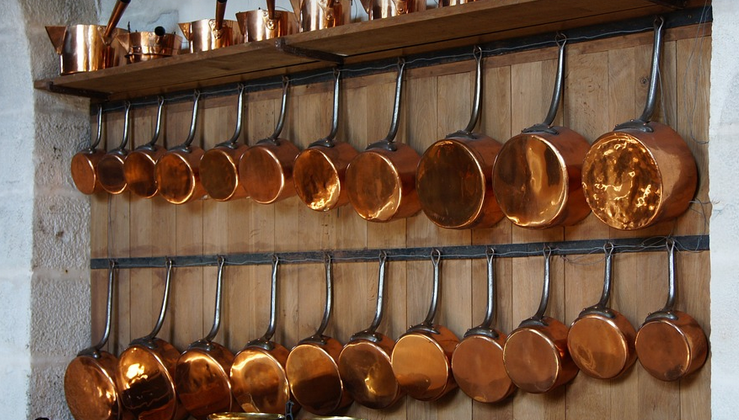
Banishing Black Mold From Your Shower Caulking: A Step-By-Step Guide
The Unwanted Guest: Understanding the Source of Black Mold
Have you ever stepped into your shower and noticed a dark, fuzzy growth on your caulking? It’s probably black mold. This unwelcome visitor thrives in damp, humid environments like bathrooms. While it might not seem like much initially, black mold is more than just an aesthetic annoyance; it can be a health hazard, potentially causing coughing, itchy eyes, and respiratory issues for many people.
Why Caulking is the Perfect Playground for Mold
Shower caulking plays a crucial role in creating a protective barrier between your shower walls and water. But this very function can also become a breeding ground for black mold. Water seeping through cracks in the caulking creates an ideal environment for mold to flourish: a warm, moist area with ample food (the organic materials found in wallboards and grout) readily available.
The humid air trapped inside the shower adds to the problem. This moisture stays put, even after drying, thanks to the constant presence of steam from showering routines. In this environment, bacteria and mold thrive, growing rapidly and forming those unsightly black patches on your caulking. The longer you ignore this issue, the more it will spread.
A Proactive Approach: Preventive Measures for a Mold-Free Shower
The best way to prevent black mold from taking hold is by being proactive. It’s about maintaining a clean and dry environment in your shower:
1. **Regular Cleaning:** Wipe down the walls of your shower regularly, using a mild cleaner designed for bathrooms. This removes excess moisture and prevents grime build-up, which can lead to mold growth.
2. **Ventilation:** Good ventilation is vital in preventing moisture buildup in any room. Install an exhaust fan that’s properly sized to your shower size. Even if you don’t have a vent fan, open the window after showering to let in some fresh air and reduce humidity.
3. **Repair Caulking:** Inspect your caulking regularly for cracks or damaged areas. Repairing these promptly will prevent water from seeping in and creating an ideal environment for mold growth.
Removing Black Mold: A Step-by-Step Guide
When you encounter black mold, it’s time to take action, but don’t worry; it’s a task that can be managed with the right tools and techniques. First of all, avoid using harsh chemicals on your caulking as this could further damage the material.
1. **The Right Tools for the Job:** You’ll need:
- Gloves and mask: Protect yourself from mold spores while cleaning
- Cleaning solution: Choose a bleach-based solution or one formulated specifically for mold removal.
- Scrub brush: To gently remove mold from the caulking.
- Paper towels: For wiping away excess moisture and cleaning up the area.
2. **The Process:**
Once you have gathered your tools, follow these steps:
- Safety First: Put on your gloves and mask to ensure protection from any dust or mold spores while cleaning.
- Prepare the Area: Dampen a paper towel with the cleaning solution before scrubbing. You can also use a spray bottle for this step to apply the solution directly to your caulking.
- Scrub Thoroughly: Use the scrub brush to apply the cleaning solution and gently scrub along the edges of your caulking, ensuring you reach every crevice and corner. Don’t apply too much pressure as this can damage the material.
- Rinse and Dry: Rinse the area with clean water to remove any remaining cleaning solution. Ensure that the area is thoroughly dry afterwards.
- Repeat if Needed: If you see evidence of mold on the caulking, repeat the cleaning process. Don’t worry too much about getting every inch perfect as long as you’re doing a decent job.
The Importance of Ventilation: A Key to Keeping Mold at Bay
Once you’ve tackled the black mold, remember that proper ventilation is key to preventing its return. The key is to keep the air circulating in your bathroom. If possible, get a fan installed above your shower head. Regularly opening windows after showering can also help to reduce humidity and prevent mold growth.
Preventing Future Growth: A Commitment to Cleanliness
Keeping these tips in mind will help you maintain a clean and mold-free shower. Remember that once the black mold has been removed, it is crucial to keep your shower clean and dry to prevent future growth. This requires regular cleaning, ventilation, and careful monitoring of caulking for any cracks or damage.